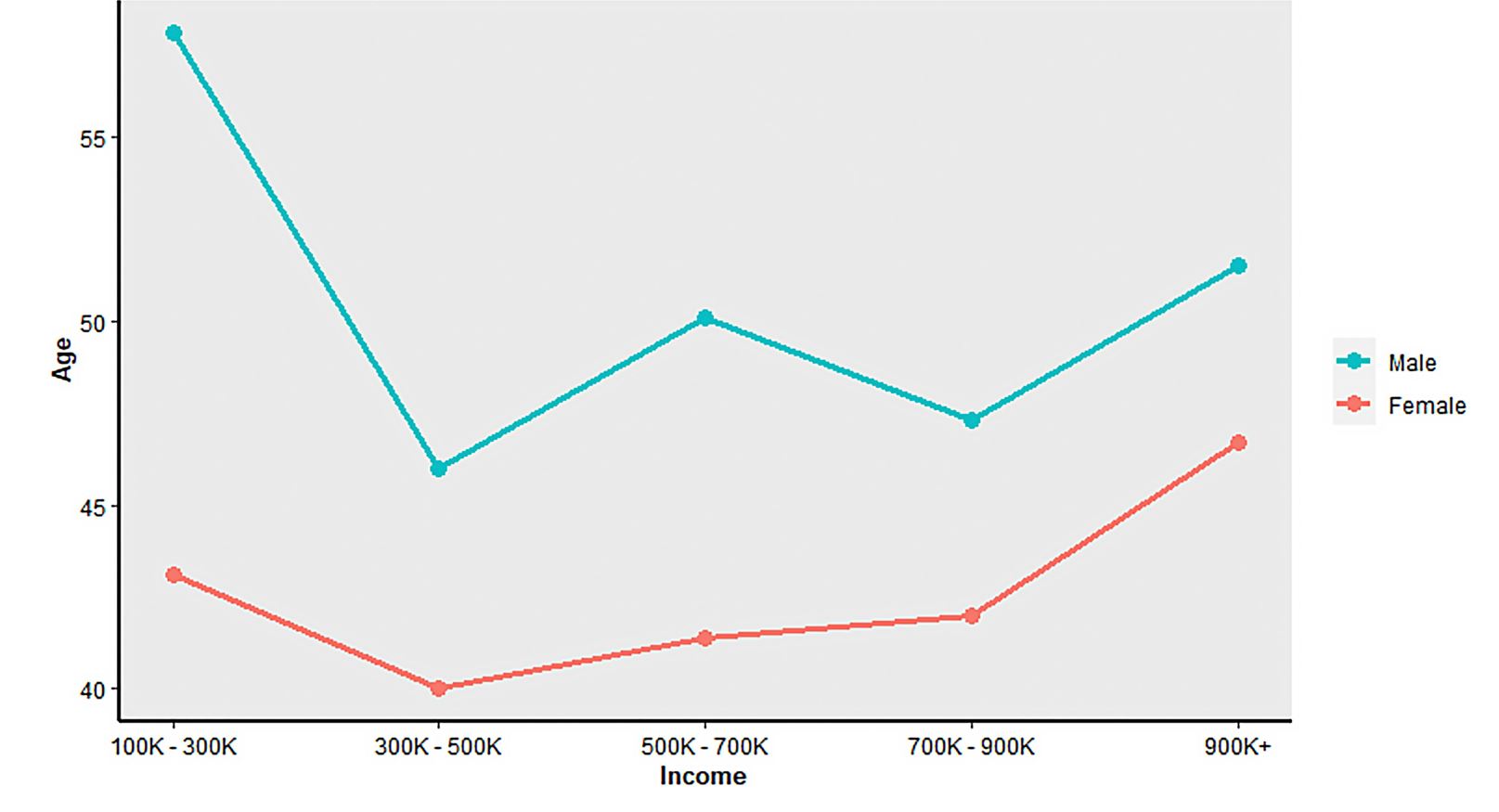For some time, our specialty of orthopaedic surgery has been aware of the lack of gender balance in the field. We were slow to react, and although we have developed programs to broaden the pipeline of students interested in pursuing our field, we still have a very long way to go. So, too, when we critically look at our record of addressing the lack of racial and ethnic diversity in orthopaedic surgery. Thankfully, several energetic and promising efforts to improve diversity, equity, and inclusion are underway, and they deserve the support of all of us.
Looking more closely at the issue of gender disparities, efforts are effectively dismantling the image of the “White male jock club” that has plagued us since our field branched off from general surgery. Data can help us better understand, and improve on, issues of why our field has remained off-putting to women. A recent JBJS report by Ponzio et al. offers some much-needed actionable data.
Specifically, the authors sought to explore differences in work-family integration (work-family balance) between male and female orthopaedic surgeons in the U.S. As they point out, orthopaedic surgery may be one of the most rewarding fields in medicine, but it has one of the highest burnout rates. They note that a perceived inability to achieve work-life balance “is the most common reason” women may opt not to specialize in orthopaedic surgery and that concerns over work-family conflict are also pervasive among women currently practicing in orthopaedic surgery.
In their study, an anonymous survey was completed by 347 participants: 153 female and 194 male orthopaedic surgeons. Although the usual survey research issue of response bias is in play, we can learn that female surgeons are more likely to delay starting a family, more frequently require fertility treatments, have more responsibilities at home, have fewer academic leadership roles, earn lower incomes, and are less satisfied with work-life balance than male surgeons. Read the full report here.
Since we remain a male-dominated specialty, male orthopaedic surgeons must actively engage in helping to solve issues of disparity to create a more equitable field for our residents and colleagues. My sense is the residents of the last 5 to 10 years “get it,” but they need the older generations to provide them with the support to address our diversity failings and to make necessary changes part of the fabric of our specialty.
As concluded by Ponzio et al., “As increasing numbers of young female orthopaedic surgeons enter the workforce, it is critical to narrow this gender gap and to attract, support, and retain women as successful orthopaedic surgeons. The challenge for the orthopaedic community is to address the existing discrepancies by creating strategies to improve work-family integration and an environment where women can achieve their personal and professional goals concurrently.”
We as a community—and ultimately, the patients we serve—will benefit.
Marc Swiontkowski, MD
JBJS Editor-in-Chief



